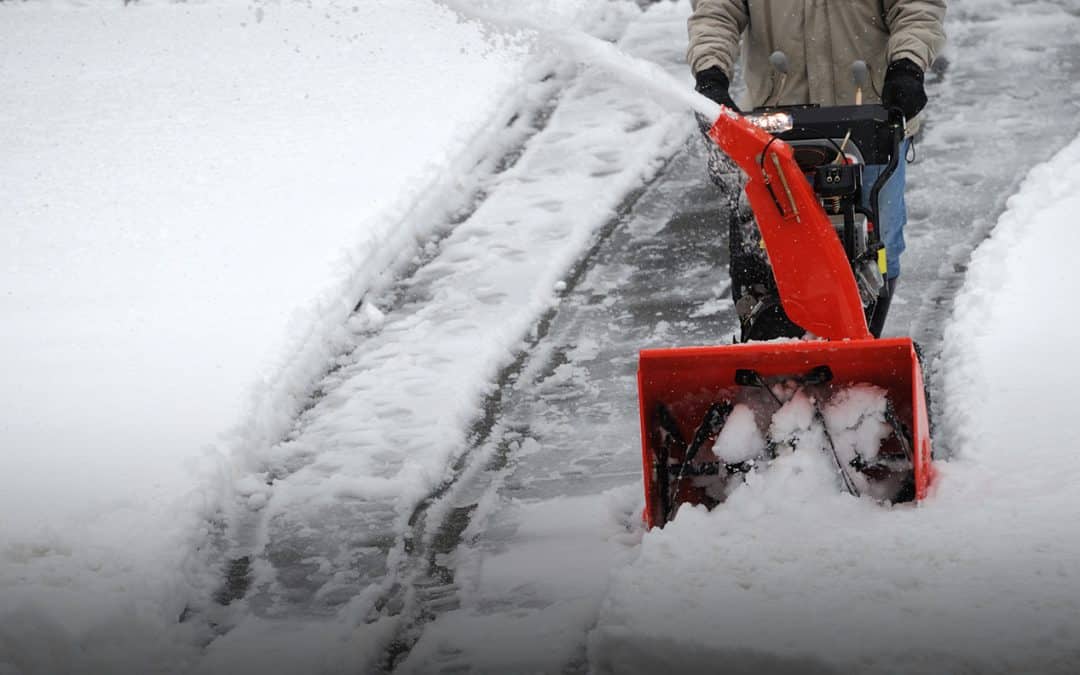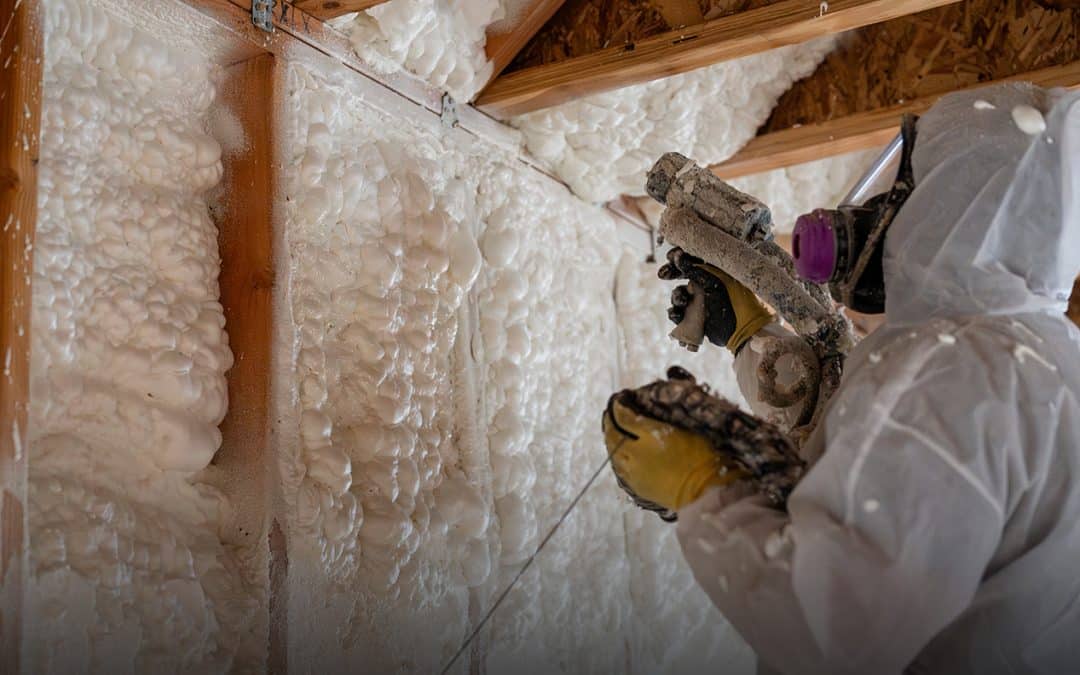You should take any signs of water in your basement very seriously, whether it’s just a bit damp after a heavy storm, or if water is pooling on the floor. Even small amounts of water in your home’s basement can do thousands of dollars of damage. This damage could include the destruction of personal belongings, electrical problems, and mold.
There can be many reasons why water could accumulate in your home, including a clogged drain, old pipes, a flooded air-conditioning unit, or an overflowed washing machine. It can also be caused by a rain or snow event that may result in burst pipes or an ice dam that thaws and causes water to leak inside your home.
If you see any signs of water in your basement, you should first try to determine the cause. Is it a one-time event, or is this an ongoing problem? If the source is a leaky pipe, it’s a good idea to contact an experienced plumber for help. If the problem is from water seeping into your basement, it’s likely to continue and potentially get worse.
A sump is a pit, usually dug in the basement, used to accumulate excess water in one area around your home’s foundation. A sump pump system collects any excess water and moves it out of your home to help minimize damage to your property. Having such a system can be valuable to protecting your home.
Types of Sump Pumps
The two main types of sump pumps are submersible and pedestal pumps.
A submersible pump contains the pump and motor as one unit and is fully concealed in the sump pit. These are more expensive but run quieter.
A pedestal pump is partially concealed in the sump pit, and its motor rests above the water.
Other sump pumps available are battery-operated and water powered.
How to Install a Sump Pump
You should call a licensed professional to install your sump pump. But, if you do decide to install one on your own, there are several steps you need to take according to the experts at This Old House:
- Select a location in your basement (usually where water seems to collect). The location should be 10 inches from the walls.
- Set the sump basin upside down on the floor and mark the outline on the floor.
- Use a sledgehammer or jackhammer to break through the concrete floor, then continue digging a hole deep enough to set the sump basin inside it.
- Wrap the exterior of the sump basin’s base with filter fabric to prevent silt from clogging the pump motor. Then set the basin in the hole so that the basin is flush with the floor.
- Several layers of gravel can then be placed inside the hole around the sump basin before laying a stone paver on top of the gravel.
- Next, connect a PVC pipe to the sump pump so the water can move away from the pump and out of the basement.
- Installation can be completed by filling the areas around the sump basin with concrete.
Testing a Sump Pump
According to the Insurance Information Institute, sump pumps should be tested at least once a year, preferably in the early spring and prior to the “wet season.” To test, you can fill the sump basin with water to see if the float rises. If it’s working correctly, the pump should turn on, and the water should pump out.
Does Homeowners Insurance Cover Sump Failures?
A standard homeowner’s insurance policy will usually cover water damage events if the damage is sudden or accidental and comes from inside the house. Examples include damage from a leaky pipe or a roof leak. Normally, other events such as water damage caused by outside flooding, a neglected repair, or damage caused by remodeling your home will not be covered by your homeowner’s insurance policy.
Make sure you have the right coverage for your home by talking to an independent agent in your state. If you’re not insured with MAPFRE yet, and live in Massachusetts, get a fast, free home insurance quote today to see how much you could save!



